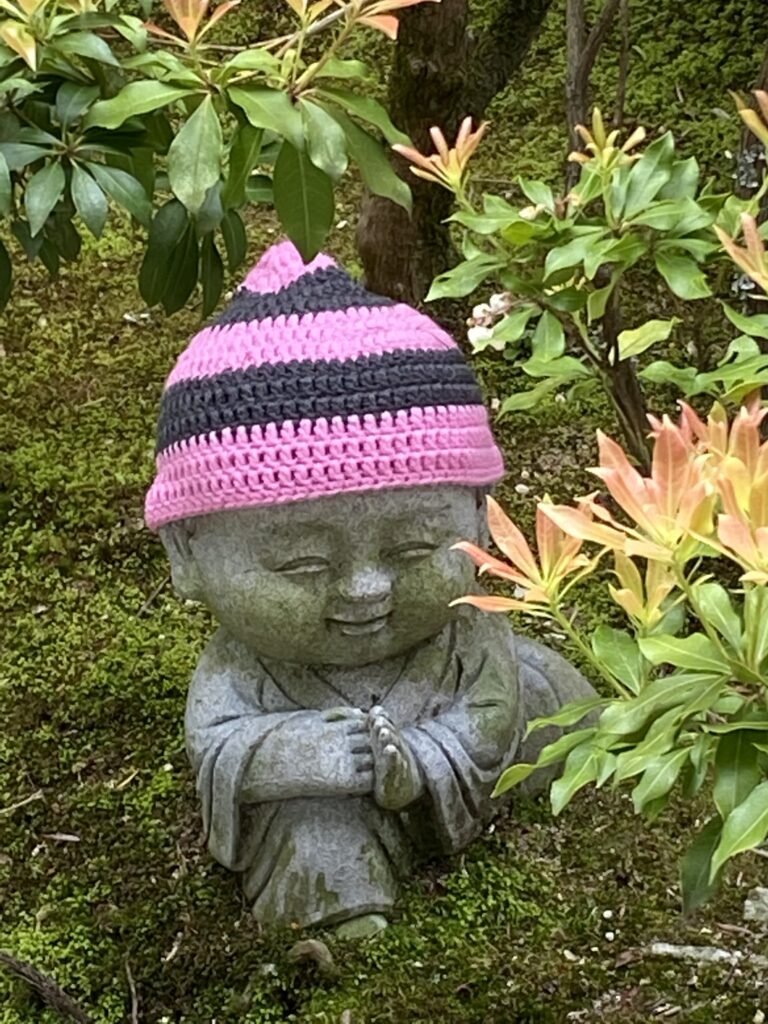Shinto is a uniquely Japanese form of religion, largely animist, which has been present in the country for centuries. Buddhism arrived from China during the Tang Dynasty, at the time when Nara was the ancient capital. The two religions coexisted quite happily for many centuries until, following the Meiji Restoration of 1868, Shinto was priveleged as the national religion and the focus of a new Japanese nationalism. Shrines and temples after this date were rigorously differentiated.

Torii Gates
Torii gates mark the entrance to a shrine. They are traditionally made of wood but today can also be made of metal or concrete. Some are of spectacular size such as the gateway to the Heian Shrine in Kyoto.

Imperial Shrines
These are shrines which were directly funded and administered by the government during the era of State Shinto. They include many of Shinto’s most important shrines such as Ise and a number of shrines newly built during the Meiji period such as Tokyo’s Meiji shrine and Kyoto’s Heian shrine. Imperial shrines can be recognized by the imperial family’s chrysanthemum crest.

Kitsune are a feature of the Shinto shrine: the fox image is associated with the deity Inari, the god of rice and by association general prosperity. The Kitsune are the messengers of Inari and are often seen wearing red bibs to “expel demons and illness” and therefore to protect the rice harvest and the nations prosperity.


Itsukushima
Itsukushima shrine is second only to that of Ise as one of the most important and revered in Japan. The main torii gate stands in the sea at high tide and is one of the most iconic and most photographed images of Japan. The temple area is home to a herd of sacred deer, as at Nara Park, and the surrounding streets are a veritable tourist trap at the height of the holiday season. Itsukushima can be visited easily on a day trip from Hiroshima and can be combined with a visit to Mount Misen which rises behind the shrine.

Fushimi Inari is for many tourists the most famous Shinto shrine because of its proximity to Kyoto and the iconic tunnels of vermilion torii gates that climb up and over the the hillside for several kilometres to the top of Inari-san.


Sacred Trees
Shinto respects both animate and inaminate things so its not surprising that ancient trees associated with particular shrines are shown the same kind of respect as is shown to other elements of the site within the sacred precincts.

Enryaku-ji
The temple complex sits on Mount Hiei between Kyoto and Lake Biwa. Today it can be approached by cable car from both east and west. One of the oldest temple complexes in Japan, it sprawls over the mountain and visiting the various buildings involves a walk of several kilometers. Enryaku-ji was known in the past for its warrior monks and was famously destroyed in 1571 by Oda Nobunaga as an obstacle in his path to unifying Japan.

Jizo images are to be found in many temples throughout Japan and commemorate in particular the death of children at a young age, although they can also act as protectors of travellers. The little red hats and bibs are a traditional protection to ward off evil. There is a particularly fetching display in the great temple of Zojo-ji in southern Tokyo, near to Shiba Park and Tokyo Tower.




Gatehouses
Gateways and gatehouses are an important feature of traditional Japanese temples and are often some of the most impressive buildings to be found on a site – they can easily be mistaken for the temple buildings themselves. Those at temples such as Chion-in and Nanzenji in Kyoto are massive 3 or 4 story buildings that tower above the visitor – many will have upper stories open to visit.


Lanterns
Lanterns are a standard feature of shrines and temples and gardens; most impressive when arranged in rows flanking the entrance to a particular shrine. For the full effect you need to find a hilltop shrine where the lantern candles have been lit and the sound of the shakuhachi flute follows you as you slowly climb towards the central shrine buildings; easy to imagine the world of the kami, the spirits that Shinto appeases.


Paths & Steps
More essential features of the temple or garden that contain a particular Japanese aesthetic, and infinite variety in terms of pattern, structure, weathering, material and environment.

Roofs & Gables
Roofs and Gables: another endlessly fascinating feature of traditional Japanese buildings